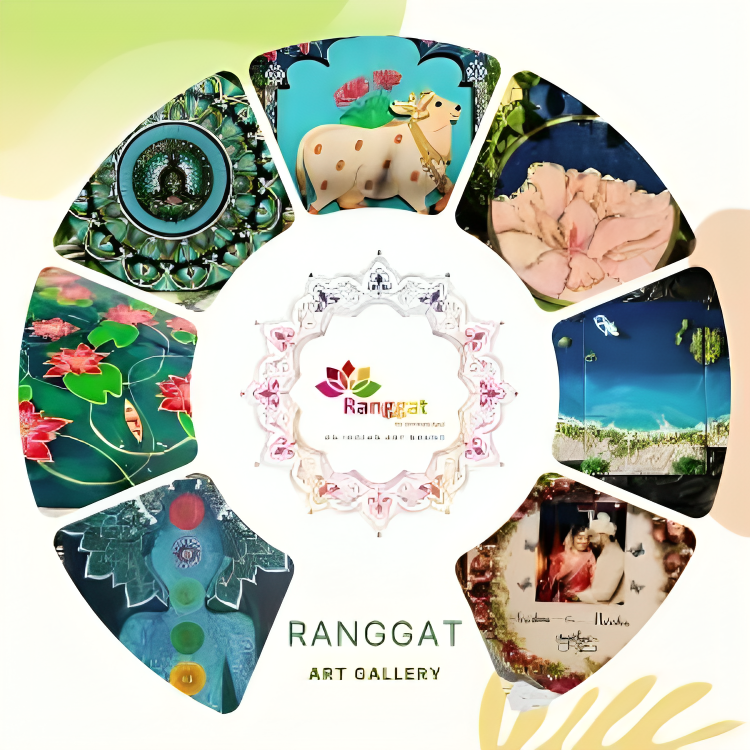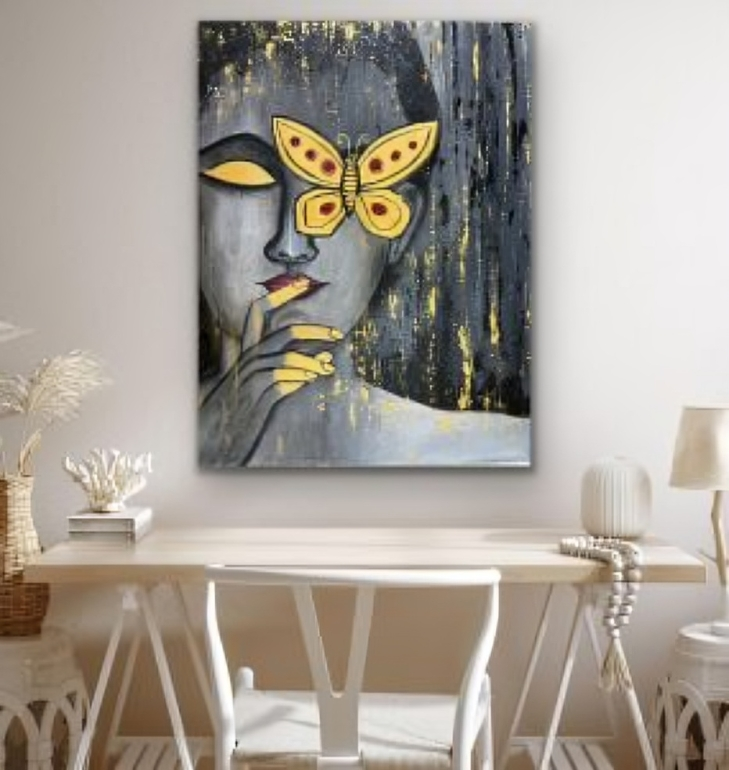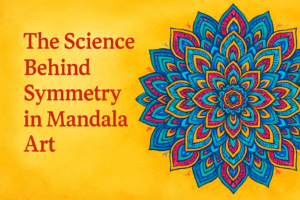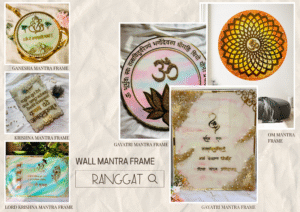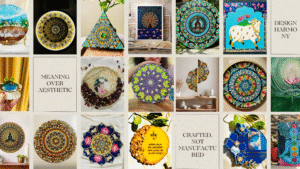Art has always been a powerful tool for communication, emotional health, and self-expression. Art conveys human emotions, narratives, and experiences in ways that words frequently cannot, whether it is through serene landscapes or colorful abstract works. Beyond its visual value, however, art can have a significant impact on productivity and mood, especially in the setting of workspaces. For those who seek a fresh, holistic approach to integrating art into daily life, a Ranggat perspective offers unique insights.
1. Aesthetic Inspiration Stimulates Creativity
- Ranggat Focus: Art that uses abstract patterns, vibrant colors, or themes inspired by nature can encourage original thought. When we are surrounded by art that makes us think, we are more likely to think creatively, which can result in original ideas and new viewpoints.
- Impact on Mood & Productivity: Employees in workspaces filled with visually stimulating art tend to feel more inspired and motivated, which boosts their overall output.
2. Enhancing Focus with Minimalistic Art
- Ranggat Focus: The idea of clarity and focus is supported by the minimalist style of art, which uses simple shapes, clean lines, and neutral colors. Overwhelming art contributes to a calmer atmosphere by lowering cognitive overload.
- Impact on Mood & Productivity: When the brain is not overstimulated, individuals are better able to concentrate on tasks, increasing productivity levels and reducing feelings of stress.
3. Mood Elevation Through Color Psychology
- Ranggat Focus: The integration of specific colors in artwork can tap into the psychology of color, where blues and greens evoke calmness, yellows inspire happiness, and reds stimulate energy. Art that reflects these colors can intentionally adjust the emotional atmosphere of a room.
- Impact on Mood & Productivity: A well-curated color palette in the workspace can regulate emotions, promoting a more positive attitude and a balanced mood, thereby enhancing work performance.
4. Art as a Reflection of Personal Values and Identity
- Ranggat Focus: Art that resonates with personal values or cultural backgrounds creates a deeper emotional connection. When individuals identify with the art in their environment, it can instill a sense of belonging and comfort.
- Impact on Mood & Productivity: Feeling emotionally connected to one’s workspace can foster a sense of pride and personal empowerment, which in turn improves morale and focus.
5. Encouraging Mindfulness and Stress Reduction
- Ranggat Focus: Art can also be used as a tool for mindfulness, with serene images or nature scenes that invite calmness. In the Ranggat approach, such art isn’t just decorative—it’s designed to act as a moment of pause in a busy day, encouraging workers to step away and reset.
- Impact on Mood & Productivity: Taking brief, mindful moments with art can lower stress levels, refresh the mind, and prevent burnout, ultimately boosting long-term productivity.
6. Creating a Positive First Impression
- Ranggat Focus: The choice of art in an entryway or reception area sets the tone for a workspace. Art that communicates warmth, professionalism, and creativity can elevate the perception of a company.
- Impact on Mood & Productivity: A warm, attractive area improves the first impression that guests and staff have of the workplace, which boosts confidence, engagement, and the atmosphere as a whole.
7. Art as a Conversation Starter
- Ranggat Focus: Art in the workplace can promote social interaction and communication. By displaying thought-provoking or narrative-driven artwork, individuals are encouraged to discuss their interpretations, fostering collaboration and camaraderie.
- Impact on Mood & Productivity: When coworkers connect over shared experiences or insights about art, it cultivates a more inclusive and communicative environment, which can strengthen teamwork and improve morale.
8. The Psychological Benefits of Art for Mental Health
- Ranggat Focus: The act of creating or simply observing art can be therapeutic. The Ranggat philosophy embraces art as a tool for emotional well-being and self-expression.
- Impact on Mood & Productivity: Regular exposure to art can reduce anxiety and depression, helping to stabilize mood swings and increasing mental clarity, thus improving both mood and productivity.
9. Encouraging a Sense of Tranquility
- Ranggat Focus: Art that incorporates natural elements like woods, oceans, and landscapes offers a visual reprieve from the stresses of everyday life.
- Impact on Mood & Productivity: A quiet environment improves mood and productivity by fostering relaxation, which lowers stress and encourages a better work-life balance.
10. Fostering a Positive Company Culture
- Impact on Mood & Productivity: Higher productivity and general job satisfaction are likely to result from motivated, engaged, and valued employees who share the company’s values.
- Ranggat Focus: A company’s opinions, mission, and culture are reflected in its art. A corporation can enhance its corporate culture and identity by carefully selecting artwork that reflects these values.

